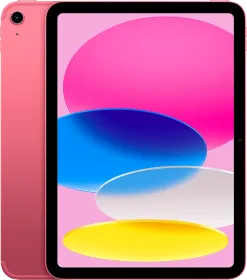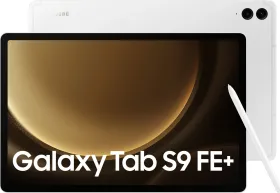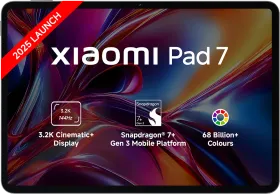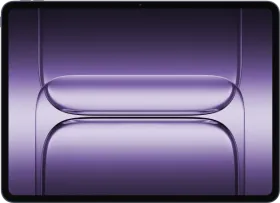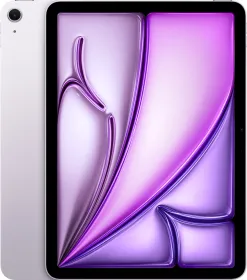Apple has officially introduced its new set of iPhones that bring in a new design with square camera modules, USB Type-C based lightning port, the most powerful chipset on phones (A13 Bionic), and versatile camera system that focuses on keeping the metering constant when you switch sensors to zoom in (Telephoto lens) or zoom out (wide-angle). Apart from all those additions, Apple also quietly eliminated 3D-Touch, which has been an iPhone staple feature ever since it was first introduced on iPhone 6 in 2015.
This isn’t completely out of the blue, though. Apple’s second-tier iPhone XR was the first iPhone to replace 3D Touch with Haptic Display last year (iPhone Xs and iPhone Xs Max retained it). The iOS 13 beta testing also made it amply clear that the 3D Touch was on its way out.
In case you aren’t familiar with the feature, 3D Touch was based on a pressure-sensitive display that added another dimension to iOS interactions. Your iPhone screen could detect how forcefully you pressed the interface elements (icons, links, menu options, etc.) and could reciprocate with menu shortcuts or actions accordingly. For instance, you could press on a link to see the preview and press harder to open the page in the browser.
Also Check: Apple iPhone launch event 2019 highlights
Why did Apple remove 3D Touch?

Apple didn’t talk about 3D Touch at launch and we are yet to see an official explanation for why it was eliminated, but a probable reason is to free up more space since adding pressure sensors below the screen makes the display thicker.
After all, more room had to be made to cram more features and bigger battery and removing a feature that the majority wouldn’t miss would have struck as an acceptable compromise.
Besides, the Haptic Touch that replaces 3D Touch should be relatively easier to get used to and easier for new users to discover, and thus shall prove to be an acceptable workaround.
Android OEMs never adopted 3D Touch or pressure-sensitive screens

In case you don’t remember, Huawei was the first phone to add 3D Touch or pressure-sensitive screen on Huawei Mate S 128GB (a phone that could act as a kitchen weighing scale), but the handset saw a very limited release. It appeared that the sole purpose was to beat Apple to the finish line.
Generally, features that Apple introduces on its iPhones are swiftly adopted on the Android side of things. The Cupertino giant might not strictly be the first to get there, but it is responsible for making features like fingerprint sensor, Face Unlock, Notches, 64-bit chipset architecture, and even ugly, abnormal notches mainstream on Android.
The 3D Touch, however, was one of the few exceptions. Back in the day, Synaptics did manufacture some ‘ClearForce’ displays, but 3D Touch never really stuck, which is primarily because Android OEMs could replicate the same concept with the simple long-press actions across the interface.















